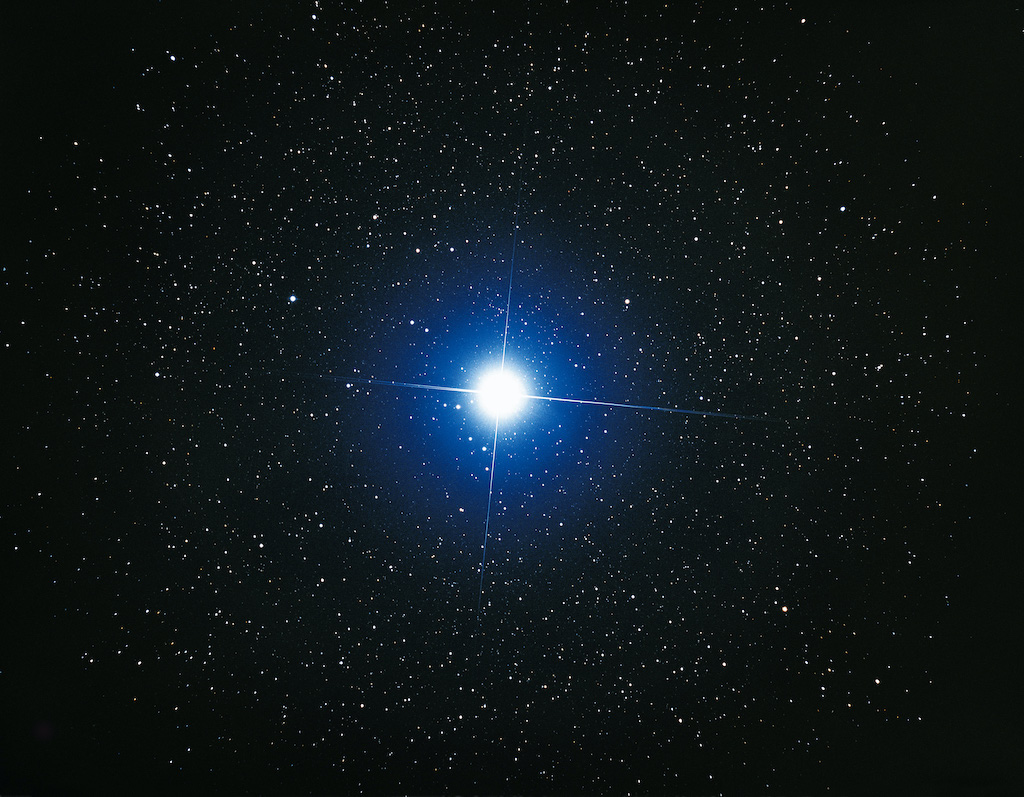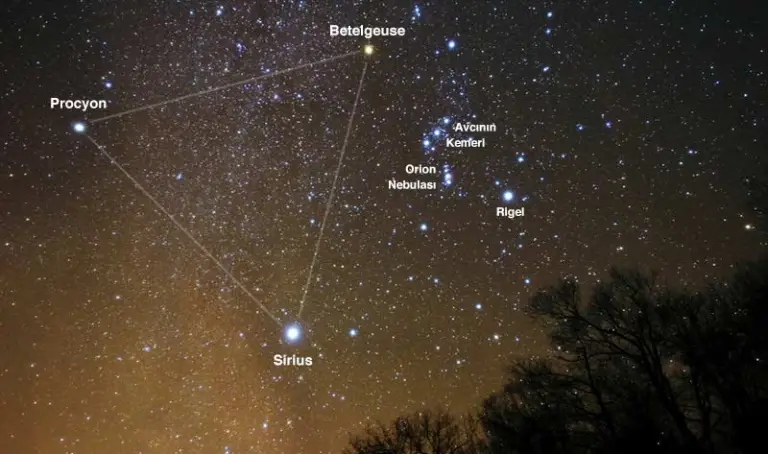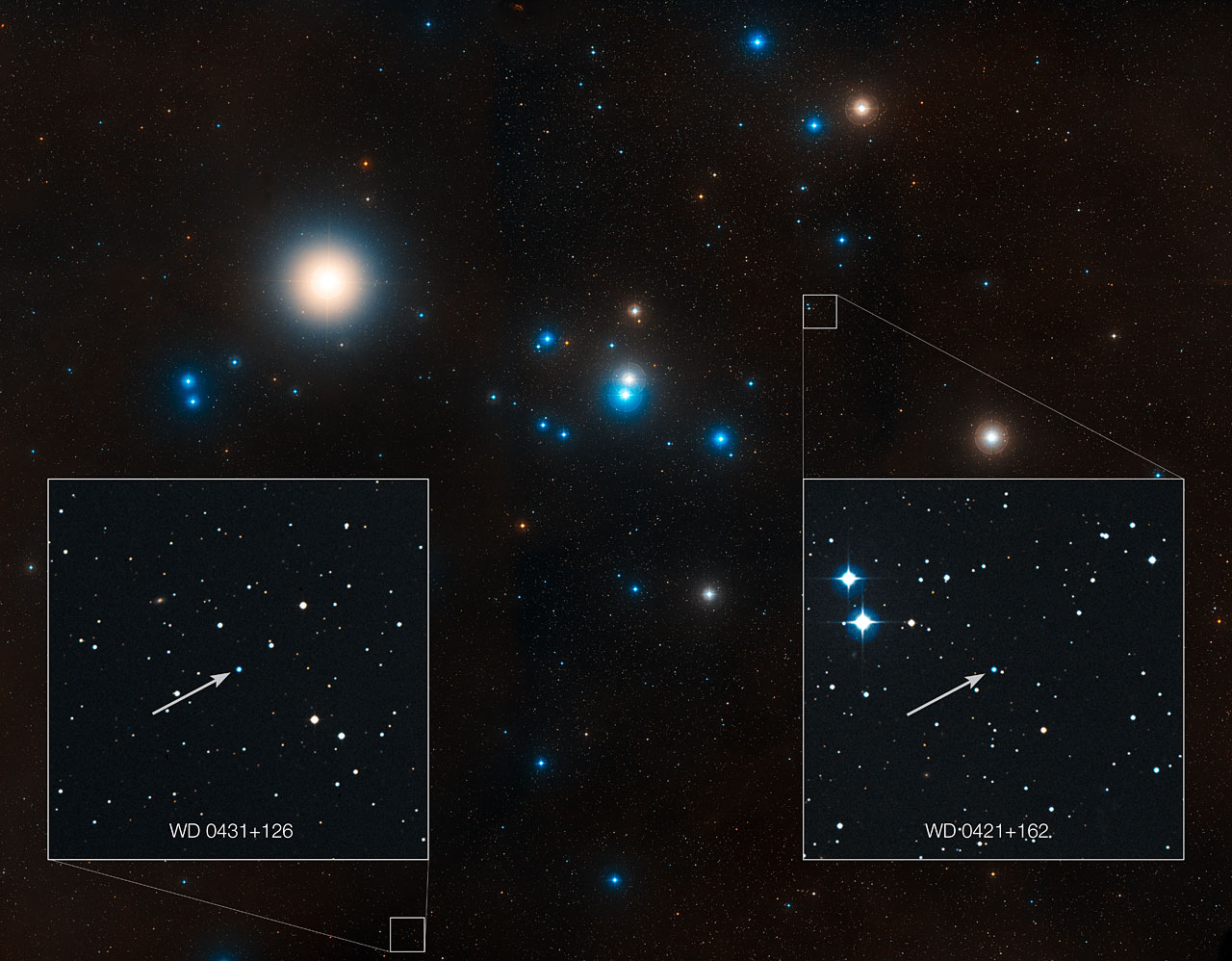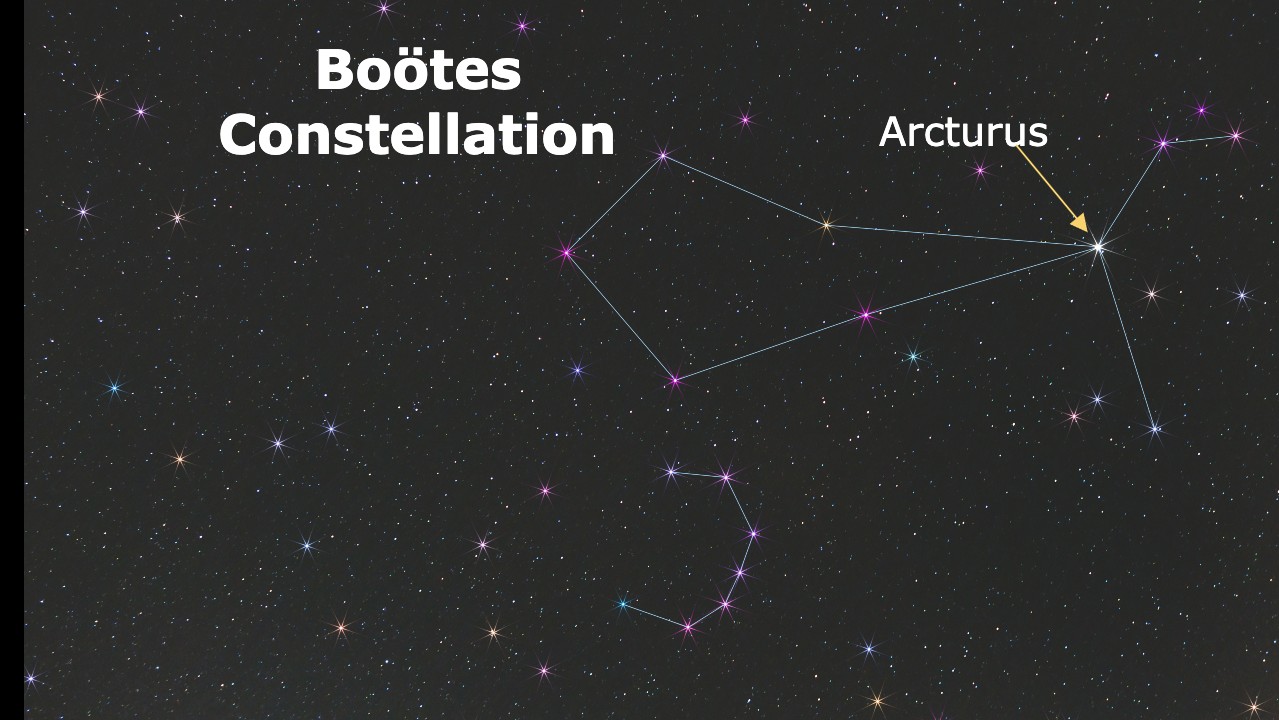
We have reached that particular time of the year when the sky is in transition and we are about to turn the page, so to speak, from the glorious wintertime stars and constellations to the somewhat dimmer stars of spring.
And the farewell to those bright winter luminaries will be quite rapid, in part due to the increasing length of daylight. Indeed, from early February through early May, the length of the daylight hours increases by an average of 2.7 minutes per day; nearly 20 minutes per week.
Meanwhile, the stars rise and set approximately four minutes earlier each day. So, combining these two factors appears to be hasten the visibility times for the wintertime star patterns.
Related: Night sky, March 2023: What you can see tonight [maps]

Need a telescope to see the stars and constellations up close? We recommend the Celestron Astro Fi 102 as the top pick in our best beginner's telescope guide.
Take for example, the Orion constellation. On March 15, two hours after sunset, we find the mighty hunter still in good view, about halfway up in the sky and leaning toward the west-southwest horizon. But one month later, on April 15, again two hours after sundown, Orion is much lower and leaning even more toward the horizon. In fact, his left leg is literally standing on the west-southwest horizon. And by May 15, two hours after sunset, Orion is gone. We'll have to wait until the beginning of August to get our first glimpse of him in the morning sky, rising about an hour before sunrise low in the east-southeast.
But getting back to right now, evening skywatchers still have the winter stars in fine position and occupying the western and southwestern sky, while the oncoming stars of spring are becoming arrayed across the southeast and eastern sky. So, let's explore the personalities of some of the stars that are available to us two hours after the sun has set. We'll limit ourselves to those stars of the first magnitude or brighter — the popular term for those of magnitude -1, 0 and +1. In other words, any star that is brighter than magnitude +1.5 qualifies. (A negative magnitude indicates a particularly bright object; the higher the number, the dimmer it appears.)
Be aware of the planets!
As a disclaimer, let's also point out that there are a couple of bright objects in our current evening sky that can be mistaken for stars. They are in actuality, bright planets. Two hours after sundown, dazzling Venus hangs low above the western horizon, while yellow-orange Mars soars much higher — about two thirds up from the west-southwest horizon.
Get the Space.com Newsletter
Breaking space news, the latest updates on rocket launches, skywatching events and more!
During the second half of March, the Red Planet crosses over from the horns of Taurus the Bull into the left foot of Castor, one of the twin brothers of Gemini. Venus outshines everything in the night sky save for the moon. Mars is about a hundred times dimmer but currently still ranks as a first magnitude object, though it is fading as it continues to pull away from the Earth.
Winter stars
Two hours after sunset on late March evenings, the brightest star in our night sky, bluish Sirius, continues to steal the show. We find it to west of the meridian and low in the south. It appears so brilliant, at magnitude -1.46, chiefly because it's very close to us, a mere 8.6 light-years away. Intrinsically 25 times more luminous than our sun, the Dog Star is famous for its white dwarf companion (the first degenerate star ever discovered), whose presence was deduced in the 1830s by Friedrich Wilhelm Bessel from the waviness he found in Sirius' motion through space. This close, faint companion star, the "Pup," was first sighted in 1862 by Alvan G. Clark, as he was testing the excellent 18.5-inch refractor objective now at the Dearborn Observatory at Northwestern University.

Below Sirius is the "almost" 1st-magnitude star Adhara. Although its magnitude is listed at 1.50 in the 2023 Observer's Handbook of the Royal Astronomical Society of Canada, because astronomers categorize such rankings of star brightness by a process known as "binning," Adhara is just barely too dim to be classified as a first-magnitude star. The cutoff for official first-magnitude classification is +1.49, so Adhara is recognized as just another second-magnitude star; it's the 22nd brightest in the sky, a blue giant and some 430 light-years away.
For those living south of latitude +35°, the second brightest star in the sky is visible well below Sirius and just above the south-southwest horizon. Canopus (magnitude -0.74) is a yellow-white giant, about 310 light-years away and gives off as much light as 10,000 suns.
Higher and to northeast of Sirius is Procyon, at magnitude 0.34, sometimes called the Little Dog Star. Yellow-white Procyon looks so very bright because it's only 11.5 light years from us; its intrinsic luster is only about seven times that of the sun. Like Sirius, Procyon also has a white-dwarf companion, whose presence was also betrayed by its gravitational pull on the main star.

Reddish Betelgeuse in Orion is directly west of Procyon. It is very unlike the other three stars, being an enormous red supergiant, so huge that if it were centered in our solar system its surface would lie beyond the asteroid belt and it would swallow the orbits of Mercury, Venus, Earth, and Mars. It is by no means a next-door stellar neighbor, being some 548 light-years from us. And like virtually all other red supergiants, Betelgeuse is a variable star. Its magnitude wanders irregularly between 0.0 and 1.6.
Even more remote is blue-white Rigel, diagonally across Orion from Betelgeuse. This stellar beacon is among the most luminous in our galaxy, emitting far greater light (more than 62,000 times) than our sun. Despite its distance of some 863 light years, it manages to shine at magnitude 0.13. Incidentally, the three stars that make up the famous belt of Orion are also Rigel-type dazzlers, but are nearly twice as far away.
Northwest of Orion is Aldebaran, a giant orange star shining at magnitude 0.85, but with slight variations. It is a modest 65 light-years from us. From our perspective on Earth, it seemingly is a part of the V-shaped Hyades star cluster. Aldebaran, however, is merely an innocent bystander; a foreground object, at roughly half the cluster's distance.

Located about halfway up in the western sky we can see Capella, a brilliant yellowish twinkler, 43 light-years away and shining at magnitude 0.08. If you live north of latitude +44°, this star is circumpolar and visible all year. It is the most sunlike of winter's bright stars, an exceedingly close double star whose components are slightly cooler but substantially brighter and more massive than our own star.
Finally, high above the south-southwest horizon is Pollux in Gemini. This yellow star of magnitude 1.14 is physically similar to Aldebaran, but at a distance of 34 light-years, it is only half as far away. And in 2006 an extrasolar planet, later named Thestias was confirmed to be orbiting it.
Spring stars and a final thought
Climbing to a point more than halfway up in the southeastern sky is Regulus in Leo the Lion, which leads the spring constellations onto the stellar stage as the winter ones recede into the western wings. Blue-white Regulus, of magnitude 1.40 is only 79 light-years away and 316 times more luminous than the sun.
Lastly, we have Arcturus in Boötes the Herdsman, which is ascending from the lower east-northeast sky. This orange star of magnitude -0.05 is now known to be 37 light years from us, but in 1933 astronomers thought it was 40. That year, during the "Century of Progress" exposition in Chicago, starlight from Arcturus, focused on a photocell attached to the 40-inch (101cm) Yerkes refractor, and turned on the exposition's lights. The astronomers thought they were using radiation that started toward us in 1893 — 40 years previously, when the tube and mounting of the Yerkes giant were first shown to the public at the Columbian Exposition in the same city. But the starlight actually started toward Earth in 1896.

Today we know far more about the stars than early astronomers ever dared to believe. Two hundred and fifty years ago, no one had succeeded in measuring the distance to a star. And the 19th century French philosopher and mathematician, Auguste Comte (1798-1857) singled out the chemical composition of stars as something man could never know. But thanks to today's technology, we can combine our appreciation of the beauty of the stars with an understanding of what they truly are.
If you want to get an up-close look at the stars during this seasonal transition, our guides for the best telescopes and best binoculars are a great place to start. Binoculars are a great tool for viewing entire constellations and asterisms!
And if you're looking to take photos of the night sky in any season, check out our guides on how to photograph the moon recommending the best cameras for astrophotography and best lenses for astrophotography.
Joe Rao serves as an instructor and guest lecturer at New York's Hayden Planetarium. He writes about astronomy for Natural History magazine, the Farmers' Almanac and other publications. Follow us on Twitter @Spacedotcom and on Facebook.
Join our Space Forums to keep talking space on the latest missions, night sky and more! And if you have a news tip, correction or comment, let us know at: community@space.com.

Joe Rao is Space.com's skywatching columnist, as well as a veteran meteorologist and eclipse chaser who also serves as an instructor and guest lecturer at New York's Hayden Planetarium. He writes about astronomy for Natural History magazine, Sky & Telescope and other publications. Joe is an 8-time Emmy-nominated meteorologist who served the Putnam Valley region of New York for over 21 years. You can find him on Twitter and YouTube tracking lunar and solar eclipses, meteor showers and more. To find out Joe's latest project, visit him on Twitter.









